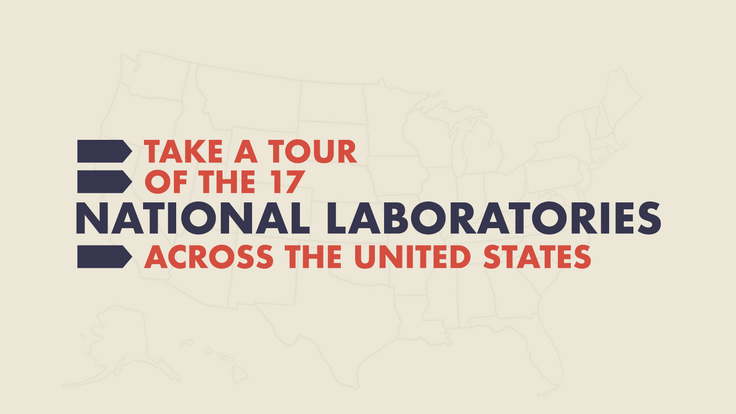Today more than 30,000 particle accelerators are at work in hospitals, factories, shipping ports and laboratories around the world. Historically, breakthroughs in accelerator science come from basic science, leading to applications for diagnosing and treating disease, cleaning up polluted air and water and greener industrial processes. Next-generation technology like the EMMA accelerator will help pave the path for even more applications. STFC issued this press release about EMMA on April 1:
A brand new technology that promises a range of applications from treating cancer to powering safer nuclear reactors has reached another world first in its development. This milestone was confirmed yesterday, 31 March 2011, at the Science and Technology Facilities Council's (STFC) Daresbury Laboratory in Cheshire. Scientists from across the world are celebrating the successful start up of the pioneering EMMA accelerator which is set to impact fundamental science and change the way such particle accelerators across the world are designed and built in the future.
EMMA is a proof of principle prototype for a brand new type of particle accelerator, designed by an international team of scientists, including a number of the UK's top universities and institutes. A major part of the BASROC CONFORM project, EMMA is funded by the Research Councils UK (RCUK) Basic Technology programme. A supporting statement and quotes from the CONFORM project and its members is available at https://www.conform.ac.uk/news/EMMAacceleration.pdf.
Particle accelerators already have a wide range of uses in many areas of science, but their potential is limited by their size, complexity and cost. EMMA will provide the technology to overcome these issues and take these applications to a new level. A compact 20 million electron volt prototype, EMMA not only uses technology that is simpler and less expensive than equivalent accelerators in existence, it also promises applications from treating cancer to powering safer nuclear reactors that produce less hazardous waste.
EMMA has now achieved its most significant milestone yet. For the first time, an electron beam was steered around the circumference of EMMA's ring and then successfully accelerated to 18 MeV. This momentous milestone, and a world first, not only confirms that the design of the most technically demanding aspects of EMMA is sound, it also demonstrates the feasibility of EMMA's technology, which now paves the way for the construction of a whole new generation of more powerful, yet more compact and economical accelerators.
The University of Huddersfield's Professor Roger Barlow, leader of the CONFORM project said: "This is an outstanding milestone for EMMA, as well as for everyone involved in the CONFORM project, and is one that will define the way forward for this kind of particle accelerator across the world. The achievement is a direct consequence not only of the enlightened funding of the Basic Technology programme, but also of the investment that STFC has made in establishing the two Institutes for Accelerator Research - Cockcroft and John Adams."
EMMA's concept is based on a ring of magnets which use their combined magnetic field simultaneously to steer and focus the electron beam around the machine. The strength of the magnetic field increases as the beam spirals outwards while it is accelerated around the ring. Due to the strength of the magnetic focussing, the displacement of the beam as it accelerates and spirals around the ring is much smaller than in any equivalent accelerator. As a result, EMMA's ring of magnets is much more compact and the beam is better controlled. EMMA's next steps will be to move towards full acceleration from 10 to 20 MeV and commence the detailed characterisation of the EMMA accelerator and its novel acceleration scheme.
EMMA is the result of a truly multidisciplinary team from several world leading establishments which make up the CONFORM project. These include the Universities of Manchester, Oxford, Surrey, Imperial, Brunel and Huddersfield, the Cockcroft and John Adams Institutes, STFC and a number of international partners and UK industry. It was then design engineered and constructed by STFC's scientists at its Daresbury Laboratory.
Susan Smith, Director of ASTeC at STFC's Daresbury Laboratory said: "This is a great achievement, and is testament to the skill and dedication of the engineering and technical staff at Daresbury Laboratory, as well as to all the national and international partners and collaborators. This milestone marks the beginning of a detailed experimental programme that will provide all the information required for the design and construction of all future accelerators of this type."
Carol Johnstone, of the Fermi National Accelerator Laboratory in the USA, and one of the international team, said: "I have just announced the success of EMMA at Fermilab. I am so impressed and proud to collaborate with the UK team."






